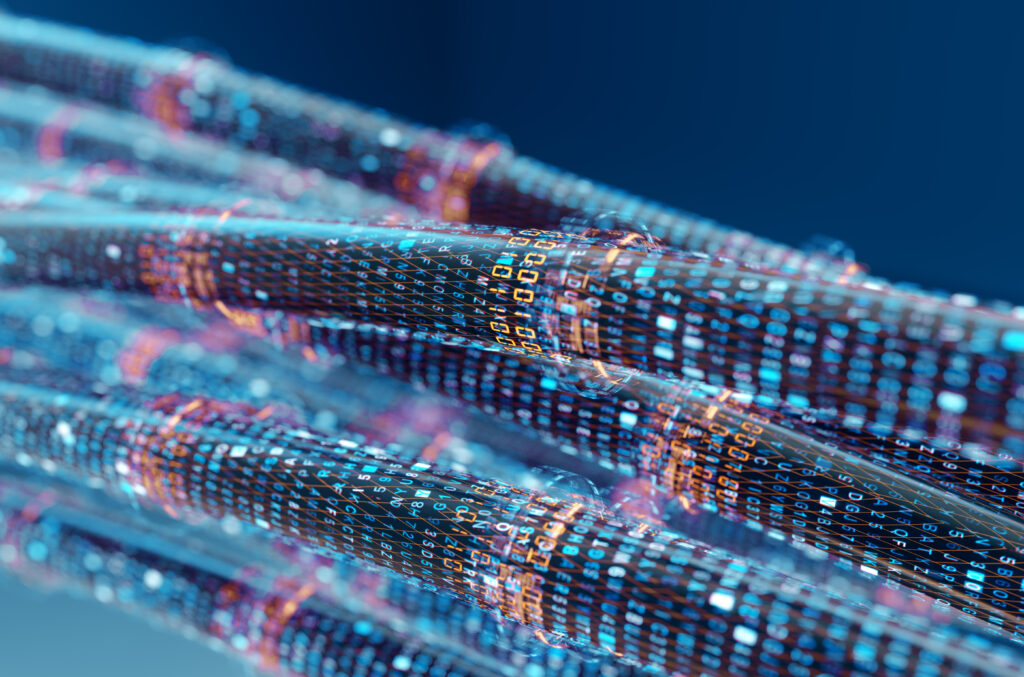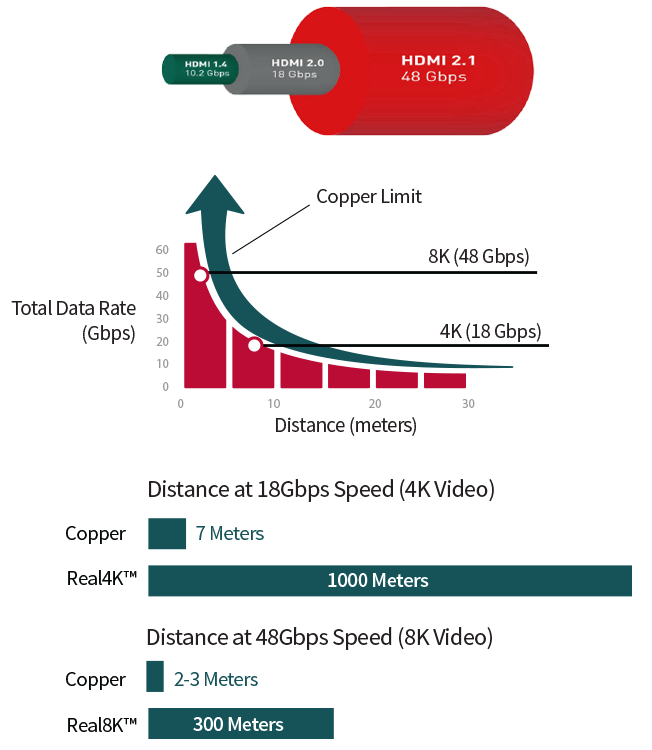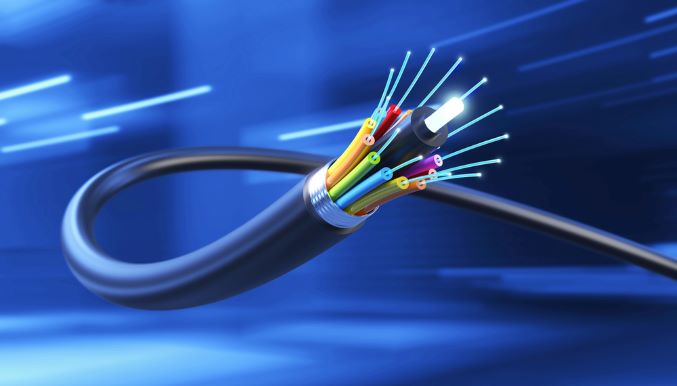Introduction
The world is becoming increasingly reliant on data with high-resolution video streaming gaining popularity and people expecting to have instant access to information and media. This means moving A LOT of data, and it all boils down to one simple fact: the demand for bandwidth is going up. In fact, in 2020 the amount of data moving across the Internet was 5,000% more than what it was in 2010.
The only way we can meet this demand is with new infrastructure—and that means fiber optic cables. Fiber optic cables have been widely deployed for large backbone interconnects for many, many years. But new bandwidth requirements mean that even short connections within an office or home may also soon be turning to fiber.
The future is demanding increased bandwidth

Bandwidth is the amount of data that can be transmitted in a given amount of time over a transmission medium, such as a copper cable or optical fiber. This is measured in megabits per second (Mbps) and gigabits per second (Gbps), which is 1000 times faster. The greater the data transmission capacity, the more data can be transmitted in a given amount of time.
For example, if you were streaming a movie from Netflix to your TV, it would take longer to load if your internet connection only has 1 Mbps than if you were connected to a 10 Mbps connection. Bandwidth is important because it affects how quickly you can access data, load web pages, stream videos, and more. The bandwidth can be thought of as the diameter of the pipe through which the data flows.
Copper cables can’t keep up with demand
Copper is simple and cheap and has been the mainstay of interconnect solutions for over 100 years, but it can’t handle the bandwidth of high-performance systems any longer. One issue with copper is its attenuation loss, which is the amount of signal that gets lost when it travels through a medium. The amount of attenuation loss depends on the length of cable and the frequency at which the data travels. The longer the copper cable, the more likely it is that some signal will get lost along the way, making it more difficult to detect the correct data at the receiver, which becomes a bigger issue at higher bandwidths.
Copper also can only be used for one signal at time. If multiple signals were sent through copper cables at the same time, they would get mixed together and become useless. Fiber optic cables have no such limitation because they use light to transmit data instead of electrons, and different wavelengths of light can be transmitted at the same time in the same fiber without interfering with each other.

Fiber optic cables offer massive bandwidth
The need for bandwidth is increasing. There’s no denying it, and there’s no slowing it down. The only way to meet these demands is with fiber optics. Fiber can support bandwidths of terabits per second (Tbps), which will be needed sooner than we think.
Fiber offers the advantage of supporting extremely high bandwidths over long distances, making it ideal for connecting data centers, offices, and homes. It also offers many more options for capacity than alternative technologies such as copper or wireless. That means more choices for users when implementing their networks in new ways.
Unleashing the power of fiber optic cables
Fiber optic cables are the only way to transmit more bandwidth at a reasonable cost. They can transmit multiple channels simultaneously using different wavelengths of light, and they have a higher capacity than any other cable technology.
Fiber is also flexible and durable, making it easy to work with. This makes it ideal for laying underground or underwater, and it’s becoming more common for use in aerial applications like power lines because it can be spliced like copper cabling if needed.

Conclusion
The need for more bandwidth is now and will continue to be an issue. Fiber is the only way to meet this demand. The bandwidth need will always be there, so take advantage of fiber and the flexibility and performance it offers.
